Why the Portland Street Fee Is A Bad Idea
Thursday, August 28, 2014
_360_360_90.jpg)
Portland street
My neighbor, Esther, is housebound at 96. Her caretakers will pull out her car once a week and drive a few blocks to load up on groceries. The rest of the time her car sits in the garage. Under the proposal floated by Commissioner Steve Novick and Mayor Charlie Hales, she would pay almost $140 a year.
In contrast, the house across the street has four apartments, with eight young adults living there. Six of the eight commute by car every day. Because it’s an old house, built before the car dominated the city, they all park on the street.
Their landlord would be charged about $80 a year for each of the units, about 60 percent of what Esther would pay. Businesses would be charged (unless they lobby themselves out of paying) a larger fee based on how much traffic they are calculated to generate.
But how do you compare a corner store on SE Hawthorne Street with a strip mall on SW Barbur Boulevard? Portland’s plan to use the Institute of Transportation Engineers’ Trip Generation Manual is little better than pulling numbers out of thin air; the document has long been challenged by planners as promoting overbuilding of roads.
Sound complicated and unfair? Does to me.
More equitable system?
If you have a market or libertarian bent, you might ask: Why don’t we use an easier and more equitable system, such as the gas tax, to assign responsibility and collect revenue?
Oregon cities from Astoria to Woodburn have a local gas tax, but not Portland. Eugene's 5-cent local gas tax generated almost $3 million in 2013. Multnomah County’s take with a 3-cent tax was almost $7 million.
Since there's already an easy method to collect this tax (avoiding creating a new bureaucracy as the Arts Tax necessitated) and it is tied to how much you use the road, it passes both the fairness and limited-government test of the left and the right. Oregon’s gas taxes, at 30 cents a gallon, are well below Washington’s (37.5 cents) and California’s (39.5 cents), so adding a few cents a gallon won’t impact our state’s competitiveness, either.
Add in demand-based parking fees wherever there is a shortage of parking, and the city could be rolling in dough.
So why are Hales and Novick pushing a proposal that is inequitable, hard to administer and is opposed by businesses and homeowners?
The only hint we get is that it is “the least unpopular” way to raise money, according to Novick‘s speech at the May 22 unveiling of this proposal.
The city has been hampered in its effort to meet a real need (the streets are in bad shape and getting worse, just like the rest of the US) by leading with the street fee before making the case that Portland would truly target spending rather than subsidize commuters from the suburbs like they did with their support of a toll-less Sellwood bridge project.
Homepage photo: Ian Sane via Compfight cc
Rex Burkholder
Related Slideshow: Top 12 carless cities in the U.S.
Portland ranks among the top cities in the nation where residents live without cars. Check out the other cities that scored highly.
Related Articles
- Court Case Argues Portland Parking Tickets Are Not Valid
- Welcome to GoLocalPDX
- Portland City Council White by Law?



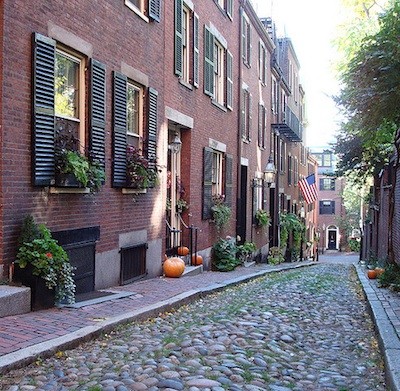
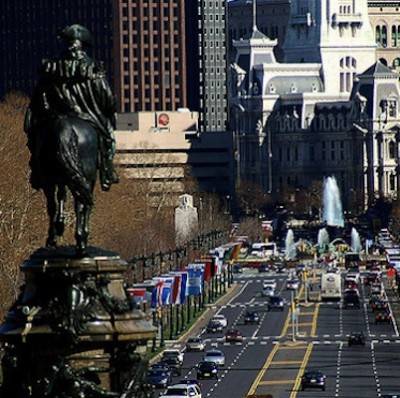
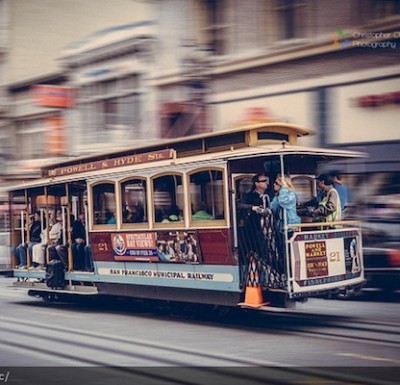
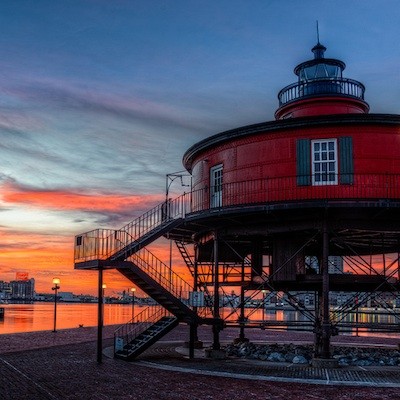
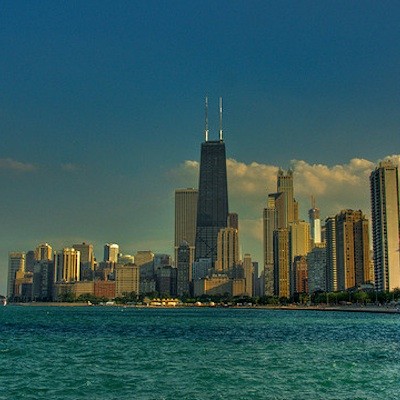
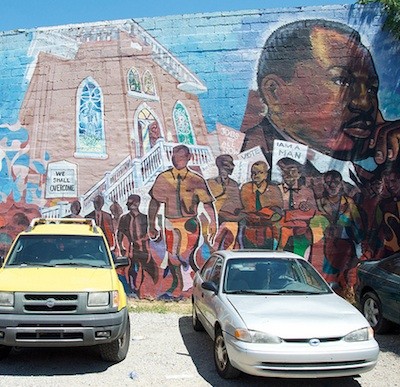
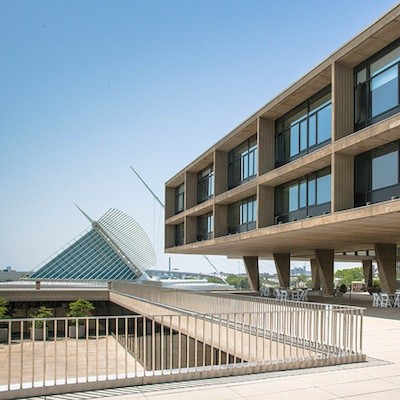
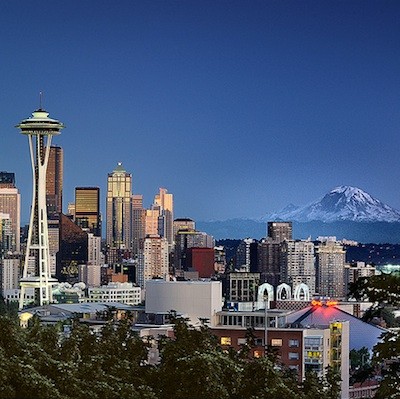
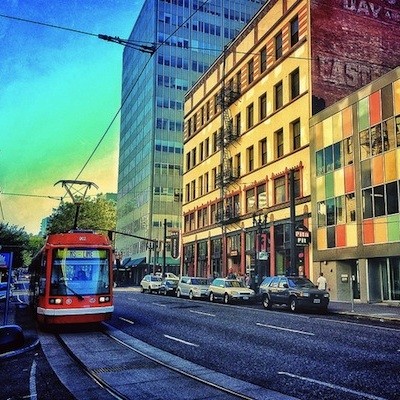
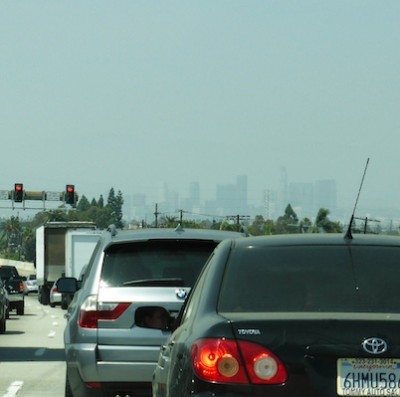















Follow us on Pinterest Google + Facebook Twitter See It Read It